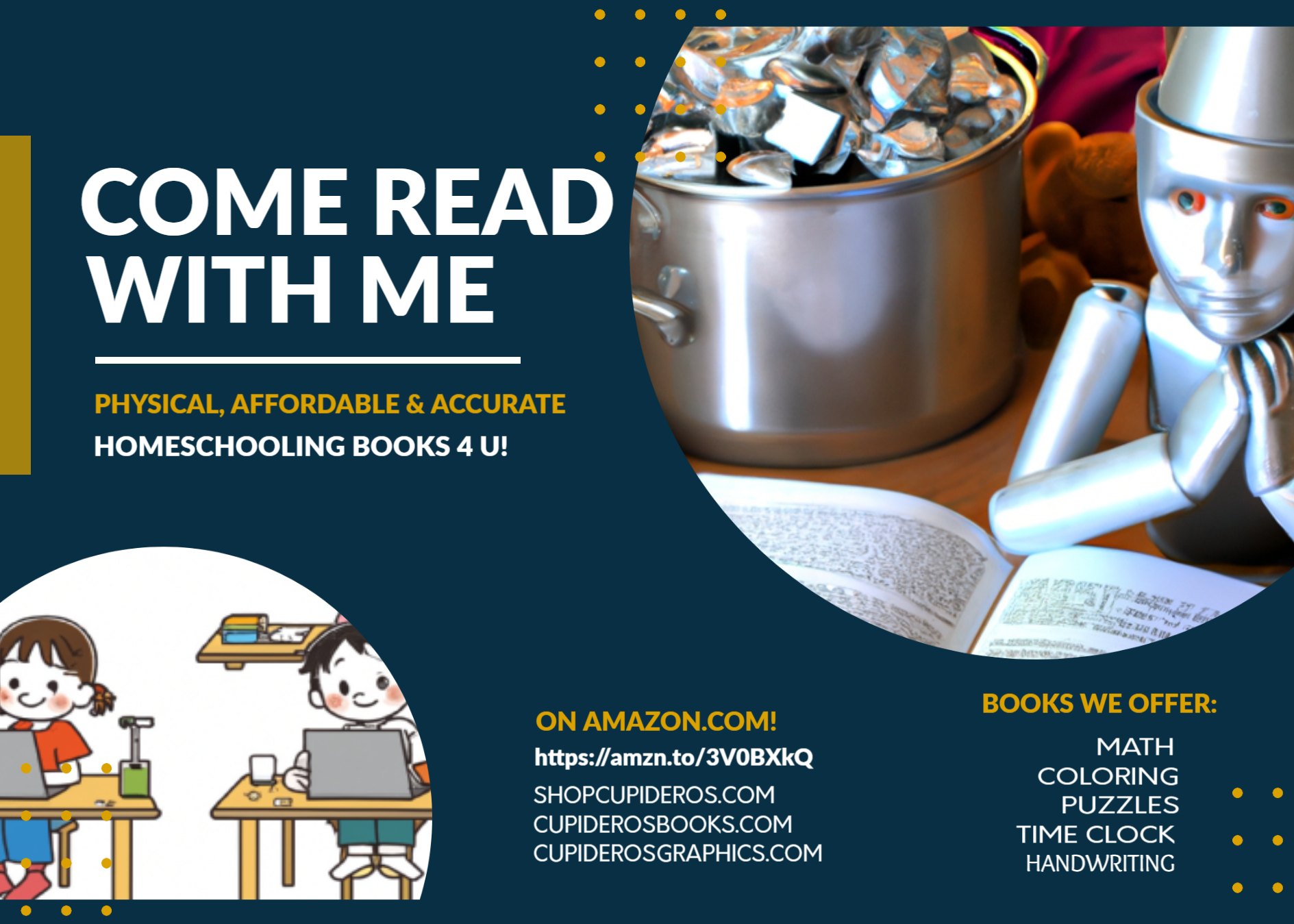“Why Choosing Physical Homeschooling Books Is a Practical and Pragmatic Investment in Your Child’s Future,” by Cupideros
“Children just do not read nowadays. It’s all about video.”
But as a fiction writer myself, I don’t see physical books disappearing anytime soon. With all the woke (without your knowledge—don’t update your Kindle or tablet books) rewriting of classic books on tablets, I’m confident physical books will make a raging comeback in young people’s lives. Sure, technology is constantly advancing, and it’s easy to forget the value of physical books. However, physical books offer several practical and pragmatic homeschooling benefits that videos, e-books, and online resources can’t match.

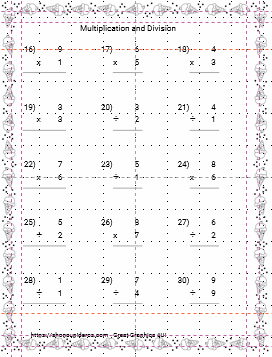
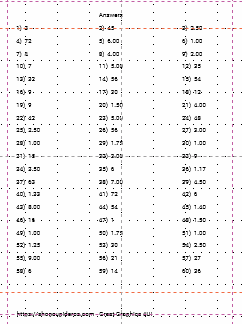
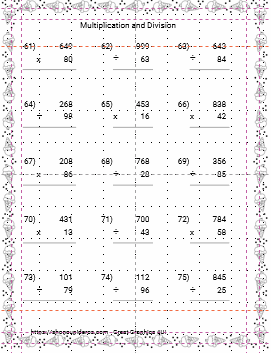
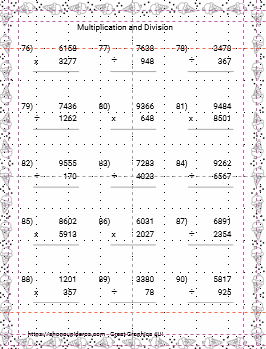
Here are a few reasons why physical books are a smart choice for homeschooling:
LOGIC AND REASON OF WHY HOMESCHOOLING BOOKS BENEFIT YOUR CHILD.
I associate this section with Platonism, the idealistic philosophy of Plato, derived from the teachings of Socrates, classic idealism, and belief that the human mind can attain absolute truth (Greece, 4th c. B.C.) The human mind can attain absolute truth by learning, self-awareness, and other-awareness of their soul, mind, body, and heart.
Increased Focus and Retention
Less Screen Time.
Using physical books can reduce the amount of screen time for both parents and students, which can help reduce eye strain and mental fatigue.
Tactile Learning.
Students can physically interact with the text by highlighting, underlining, and taking notes in the margins, which helps with retention and comprehension. This cannot be underestimated. Writing things down, coloring things in, and marking sections in the margins add additional learning connectors to that knowledge in your mind and brain.


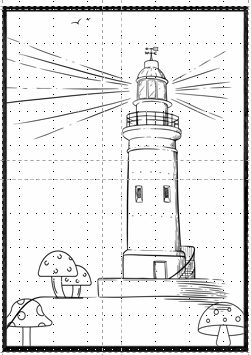


Fewer Distractions.
Physical books provide fewer distractions than digital resources, such as pop-up ads, stalling computers, Internet browser updates, unconsciously keeping track of multiple screens already opened, or notifications, allowing students to stay focused on the task at hand. Fewer distractions translate into more time for critical thinking – the thinking that will put your student above the rest in the real world. Yes, the reading, writing, and math physical books are essential, but so too are the critical thinking books, allowing your child the freedom to exercise and study their own thought processes.
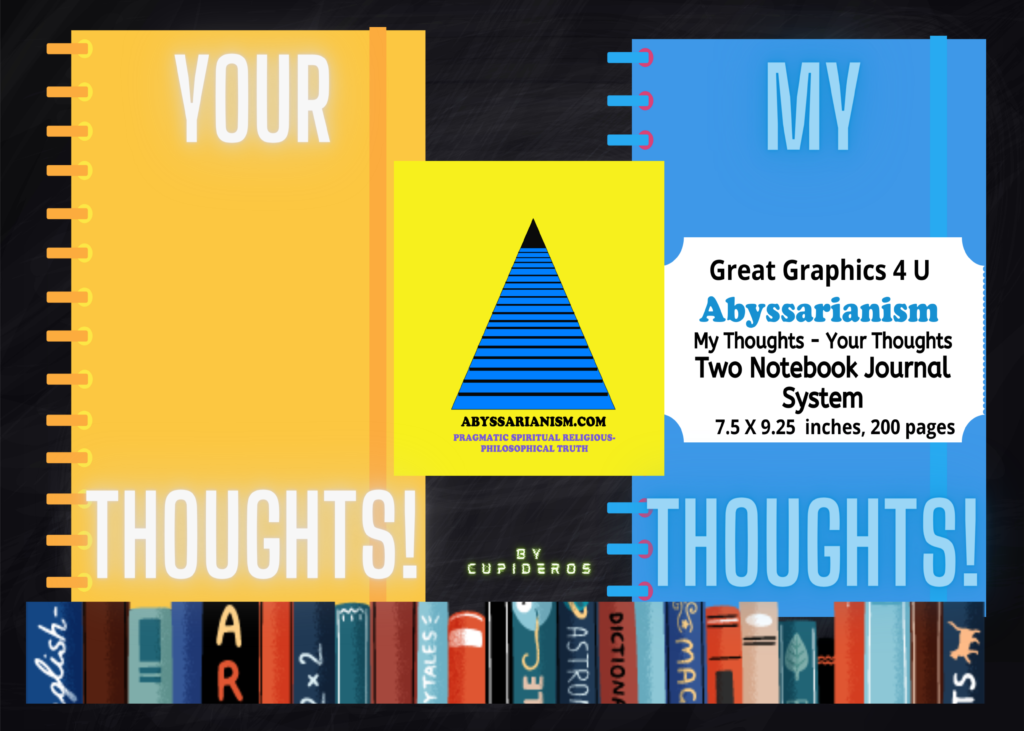
Accessible Anytime, Anywhere
No Internet Required.
Physical books don’t require an internet connection, so you can access them anytime, anywhere, without worrying about slow connections or Wi-Fi outages. Start-up time helps prevent procrastination on student tasks. Your child can start right away when that brilliant idea pops into their head. Just grab that “blank composition book” or “Take Actions to Turn Your Ideas into Buttons and Products” blank book.
No Device Needed.
Unlike e-books or online resources, physical books don’t require a device to access them, making them a reliable and accessible resource.
Long-Term Value and Durability
Lasting Value.
Physical books have a long shelf life (just buy the book, but copy the pages to be worked on), and these homeschooling books can be passed down through generations, providing lasting value and knowledge to future homeschoolers.
Durability.
Physical books are more durable than digital resources and can withstand wear and tear, making them a wise investment for long-term use.
Efficient Learning and Organization
Easy to Navigate.
Physical books allow for easy navigation, making it simple to find and review specific topics, making learning and teaching more efficient.
Organizational Benefits.
Physical books can be organized and arranged to fit specific learning needs, which can help streamline the homeschooling process.
By choosing physical books for homeschooling, you can increase focus and retention, access information anytime, anywhere, invest in long-term value and durability, and streamline the learning and teaching process. While technology is a valuable resource for homeschooling, physical books remain a reliable and effective tool for educating students of all ages.
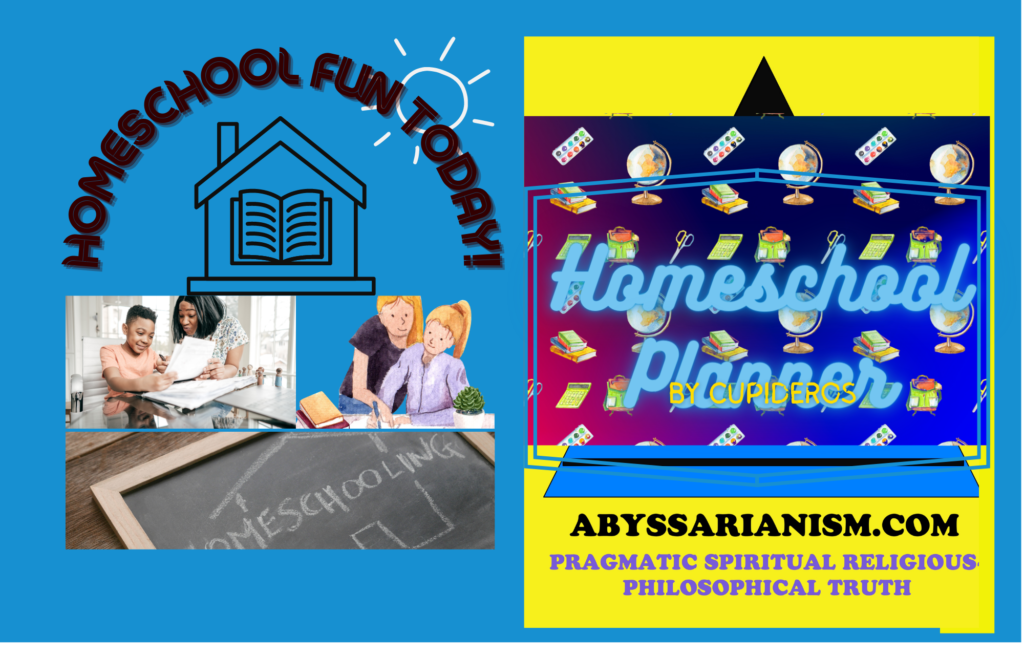
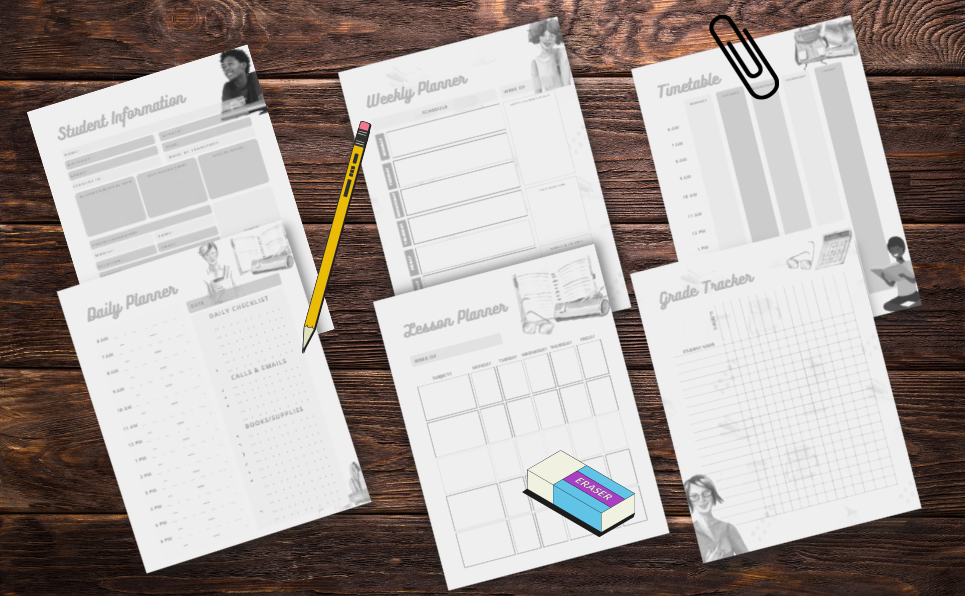
INTERNAL BENEFITS OF HOMESCHOOLING BOOKS FOR YOUR CHILD.
I associate this section with empiricism, the view that sense perception and experience are the sole foundations of knowledge, esp. held by John Locke (Britain, 17th c.)
Psychological Benefits
Less Strain on Eyes and Brain.
Reading physical books instead of digital resources can reduce eye strain and mental fatigue, leading to improved mood, productivity, and overall well-being.
Increased Attention Span.
Reading physical books requires more sustained focus and attention, which can help improve students’ attention spans and cognitive abilities.





Enhanced Imagination.
Physical books can enhance a child’s imagination as they create mental images of the characters and settings in their minds.
Confidence-Building Benefits
Sense of Accomplishment.
Completing physical books provides a sense of accomplishment and builds confidence in a child’s ability to read, comprehend, and learn.
Ownership and Responsibility.
Physical books require students to take ownership and responsibility for their own learning, which can help build independence, accountability, and self-confidence.
Cultivate Love for Learning.
Physical books can cultivate a love for learning and reading that can last a lifetime, leading to a lifelong love of knowledge and self-improvement.
Historical Benefits
Cultural Significance.
Physical books have played a significant role in human history, from the invention of the printing press to the creation of libraries and archives. By using physical books in homeschooling, students can appreciate and learn from the rich cultural and historical significance of the printed word.
Preserving Knowledge.
Physical books have been used for centuries to preserve knowledge and information, allowing us to learn from the past and build a better future. By using physical books in homeschooling, students can become part of this tradition of knowledge preservation and continue to pass on knowledge to future generations.
By choosing physical books for homeschooling, you can give your child practical learning benefits and psychological, confidence-building, and historical advantages. In addition, physical books can help cultivate a love for learning, build independence and responsibility, improve cognitive abilities, and connect students with the printed word’s rich cultural and historical significance.
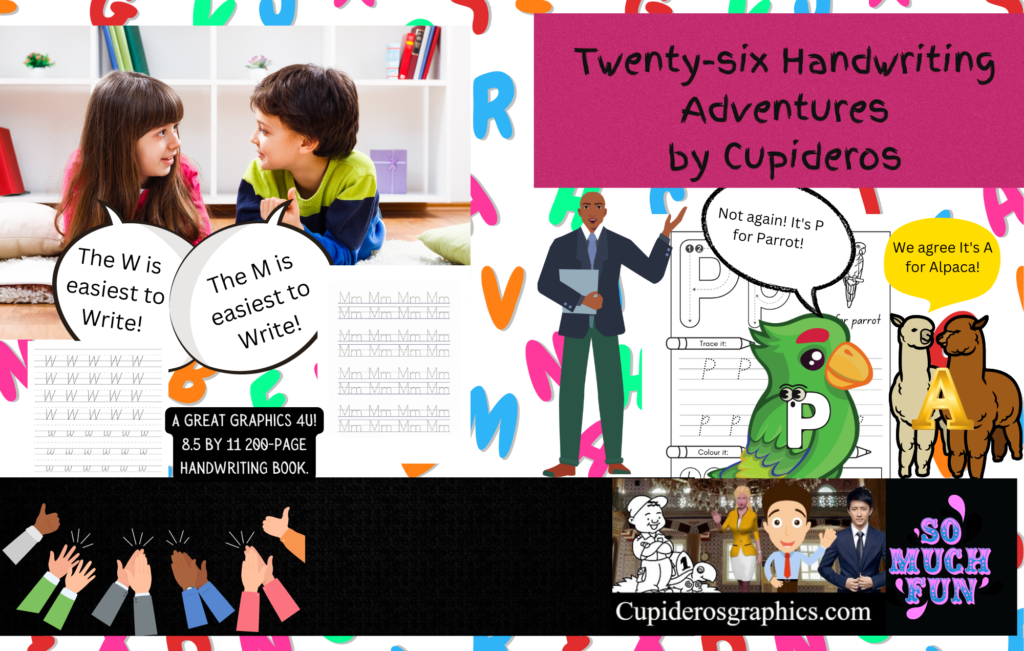
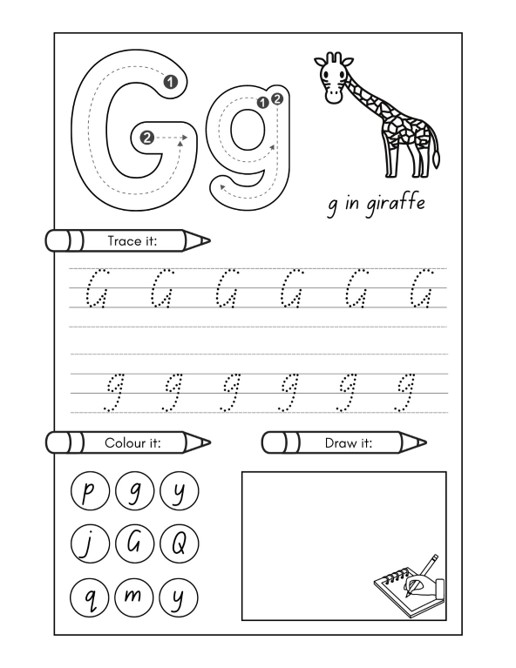
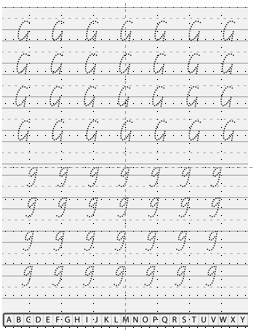
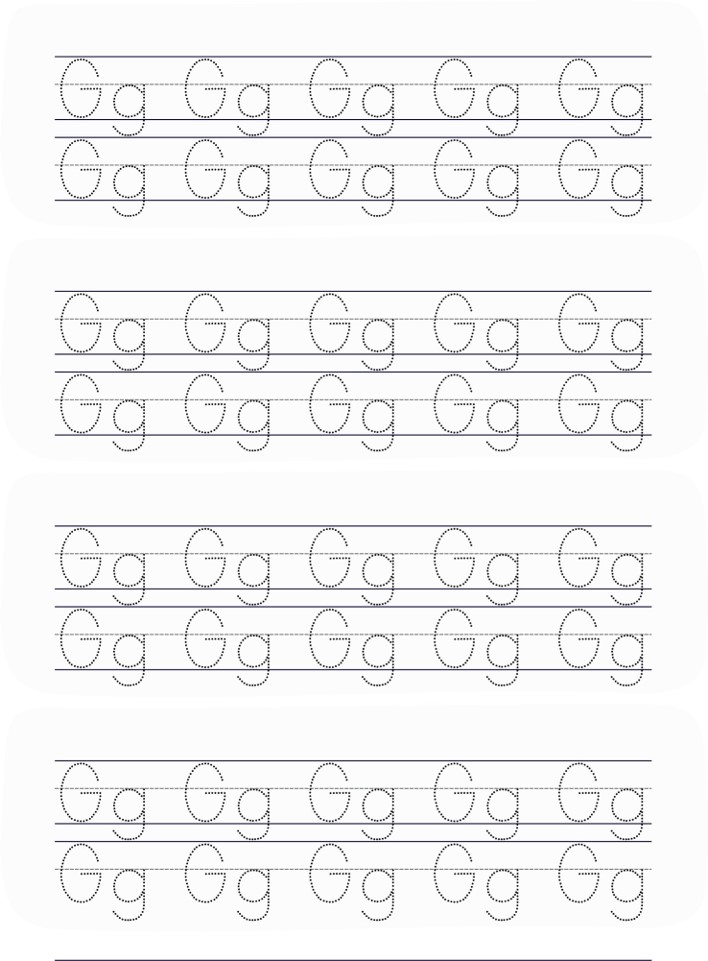
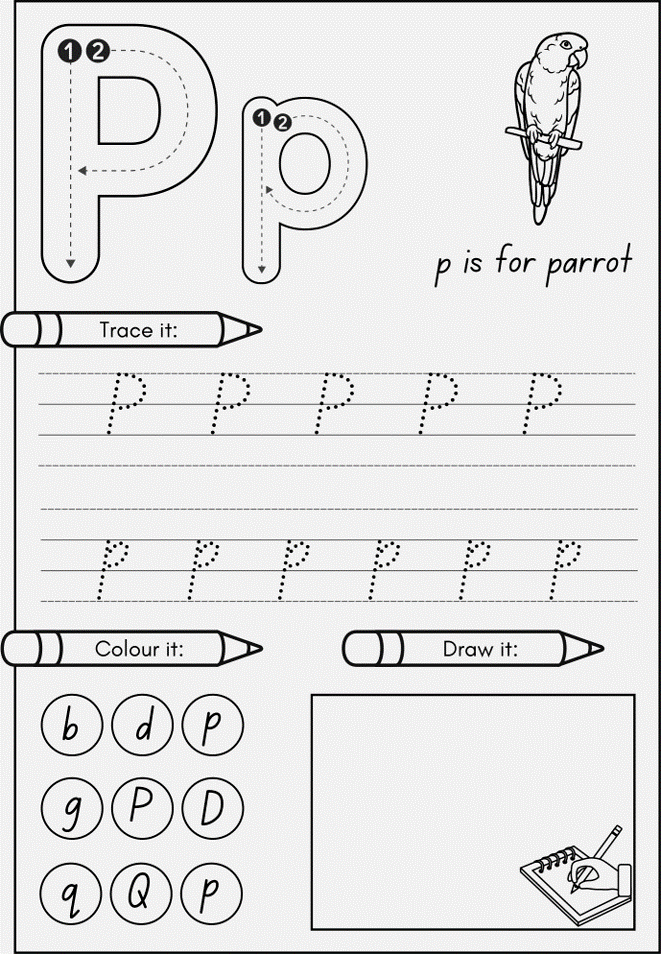
PHYSICAL PRACTICAL BENEFITS, GROUNDING EFFECT OF HOMESCHOOLING BOOKS FOR YOUR CHILD.
I associate this section with pragmatism, a philosophical view emphasizing consequences and practical results of one’s conduct rather than principles and categories of reality (19th c.) For example, when one jumps up and immediately, within seconds, comes down, that is pragmatic proof that gravity exists. Other pragmatic explanations as to the validity of knowledge, wisdom, and learning come from:
Improved Hand-Eye Coordination.
Handling physical books requires students to develop hand-eye coordination, which can improve fine motor skills and dexterity. In addition, daily exercising these micro muscles are more likely to make exercising the larger macro muscles of the legs, arms, lungs, heart, and total body much more familiar and comfortable to the child.

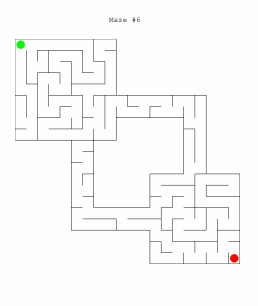


Better Memory Retention.
Studies have shown that reading from physical books can improve memory retention, as the physical act of turning pages and seeing the text in context can help recall. Reading physical books is a totally immersive environment for the mind and brain.
Images come to the mind in seconds, drawing out things faster than an AI could ever do.

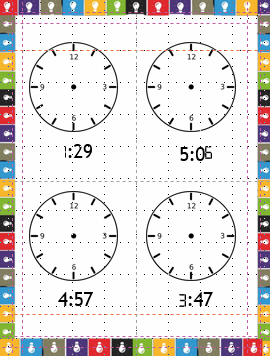
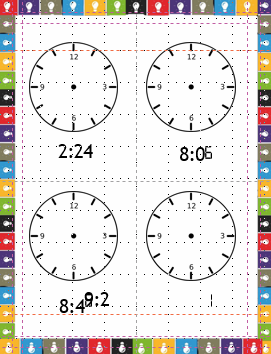
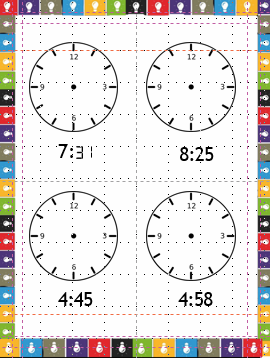
Reduced Screen Time.
By using physical books instead of digital resources, you can reduce the amount of screen time your child is exposed to, which can have physical benefits such as reducing eye strain, headaches, and neck pain. Reduced screen time actually translates into more organic internal screen time. Such skills become weakened with increased video or automatically presented visual displays.
Tactile Experience.
Physical books offer a tactile experience that digital resources cannot replicate. Students can feel the weight of the book in their hands, smell the paper and ink, and physically interact with the text, which can enhance the learning experience.
By incorporating physical books into your homeschool curriculum, you can provide your child with a well-rounded learning experience that includes physical, psychological, confidence-building, and historical benefits. In addition, physical books offer a unique and valuable learning experience that digital resources cannot replicate alone.
SUMMARY
If you are homeschooling or supplementing your child’s public school learning to make sure they are competent and able to progress from grade to grade, then buying physical homeschooling books is the way to go. Your child will build up the habit of reaching for and opening a book to study.
He or She will see the benefits in hindsight after learning the concepts in the physical books. Physical books will become as much their friend as that young fiction novel, favorite coloring book, or maze adventure they figured out! So, purchase your physical homeschooling books this month, this year, for your growing, curious child. 1402 words.

